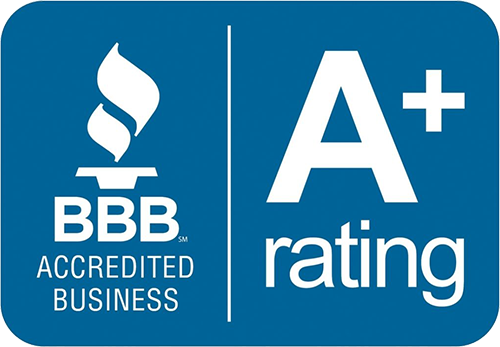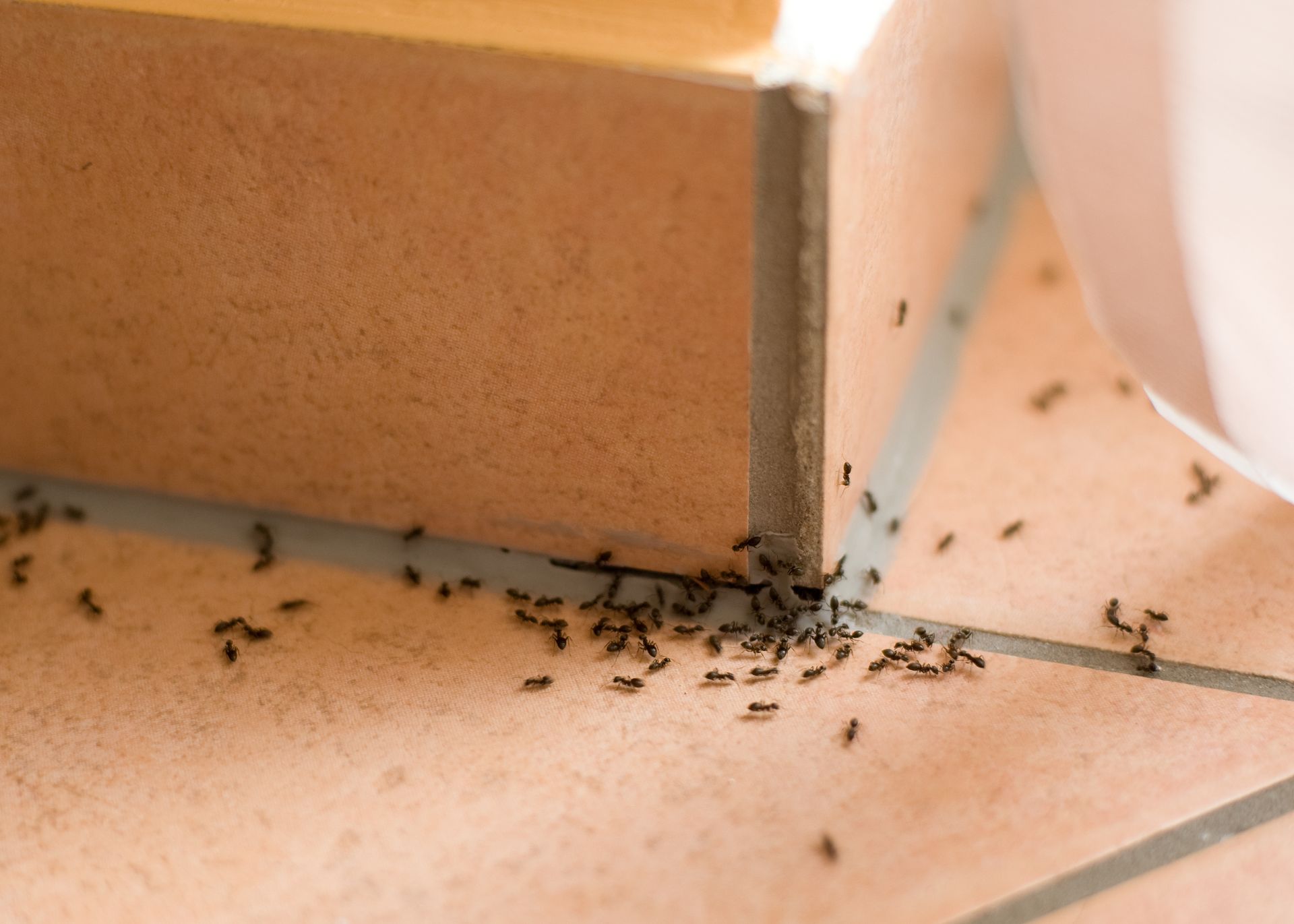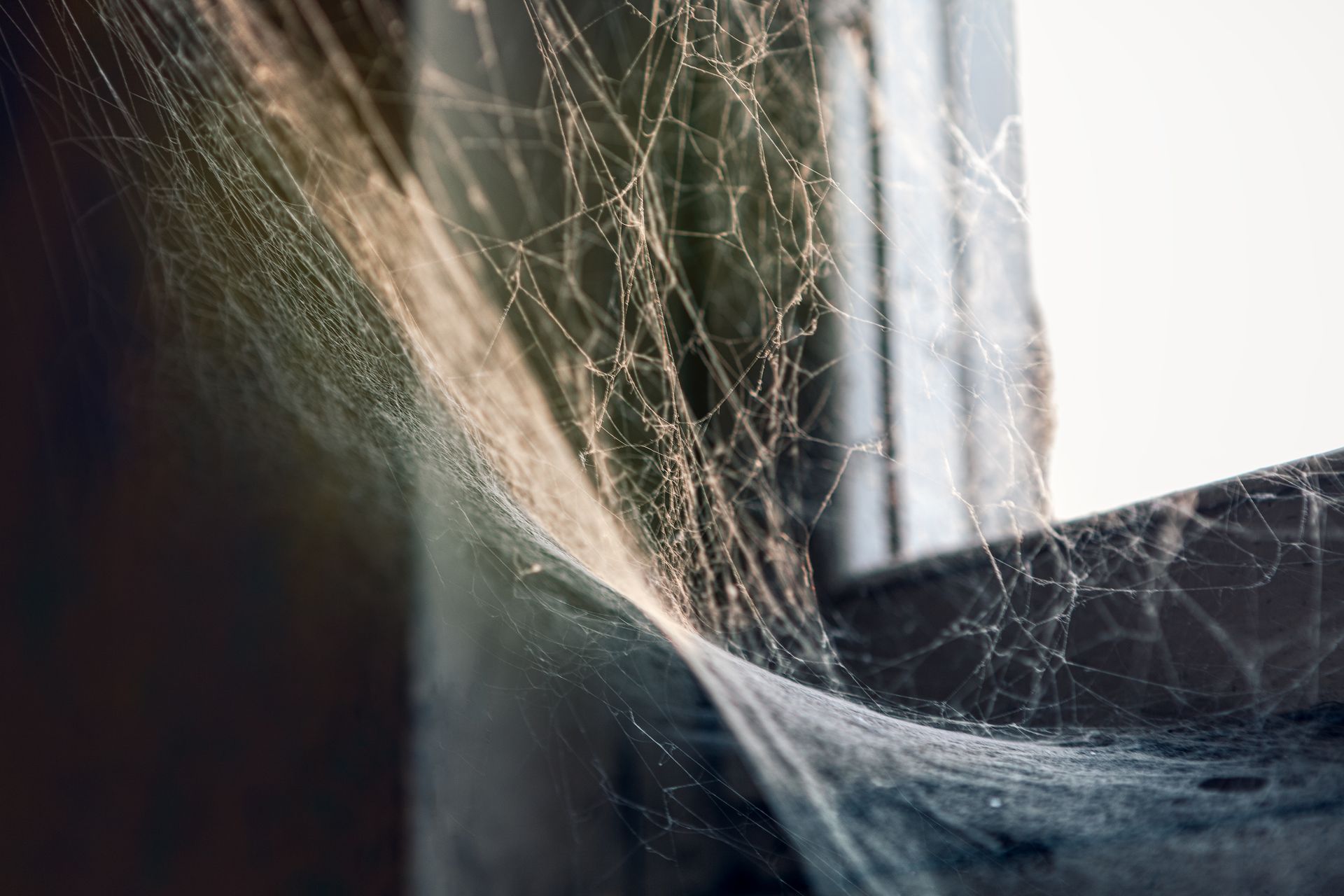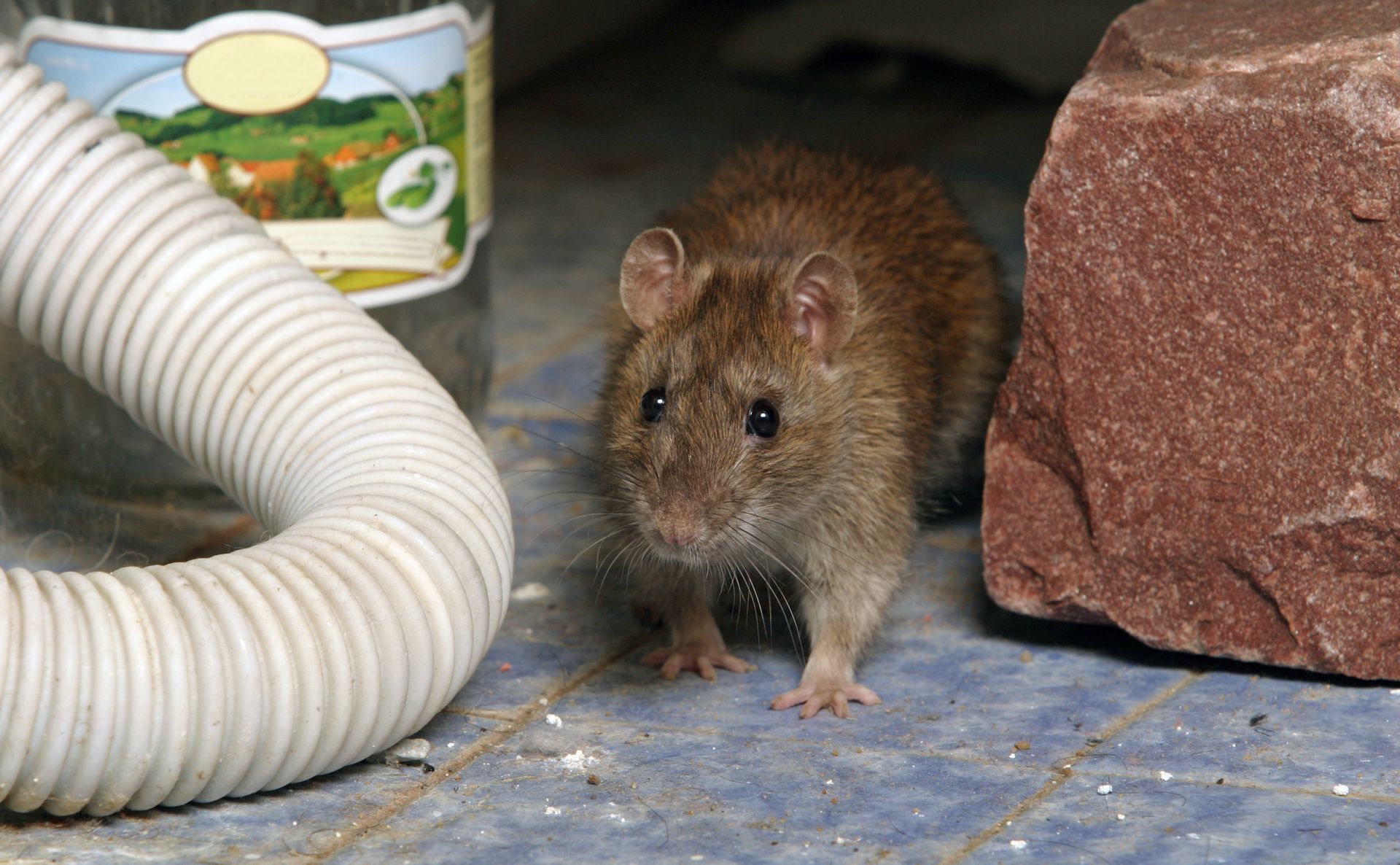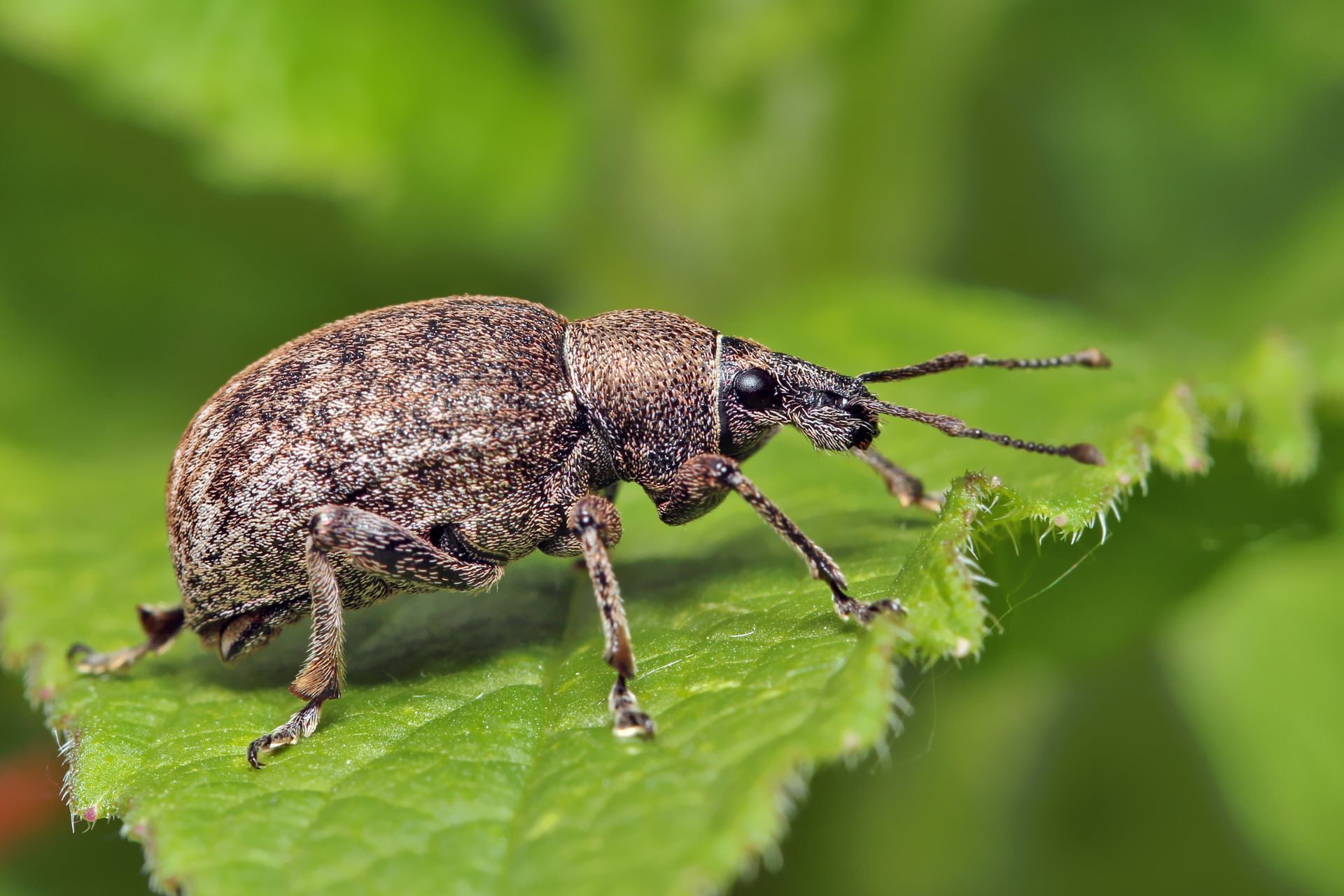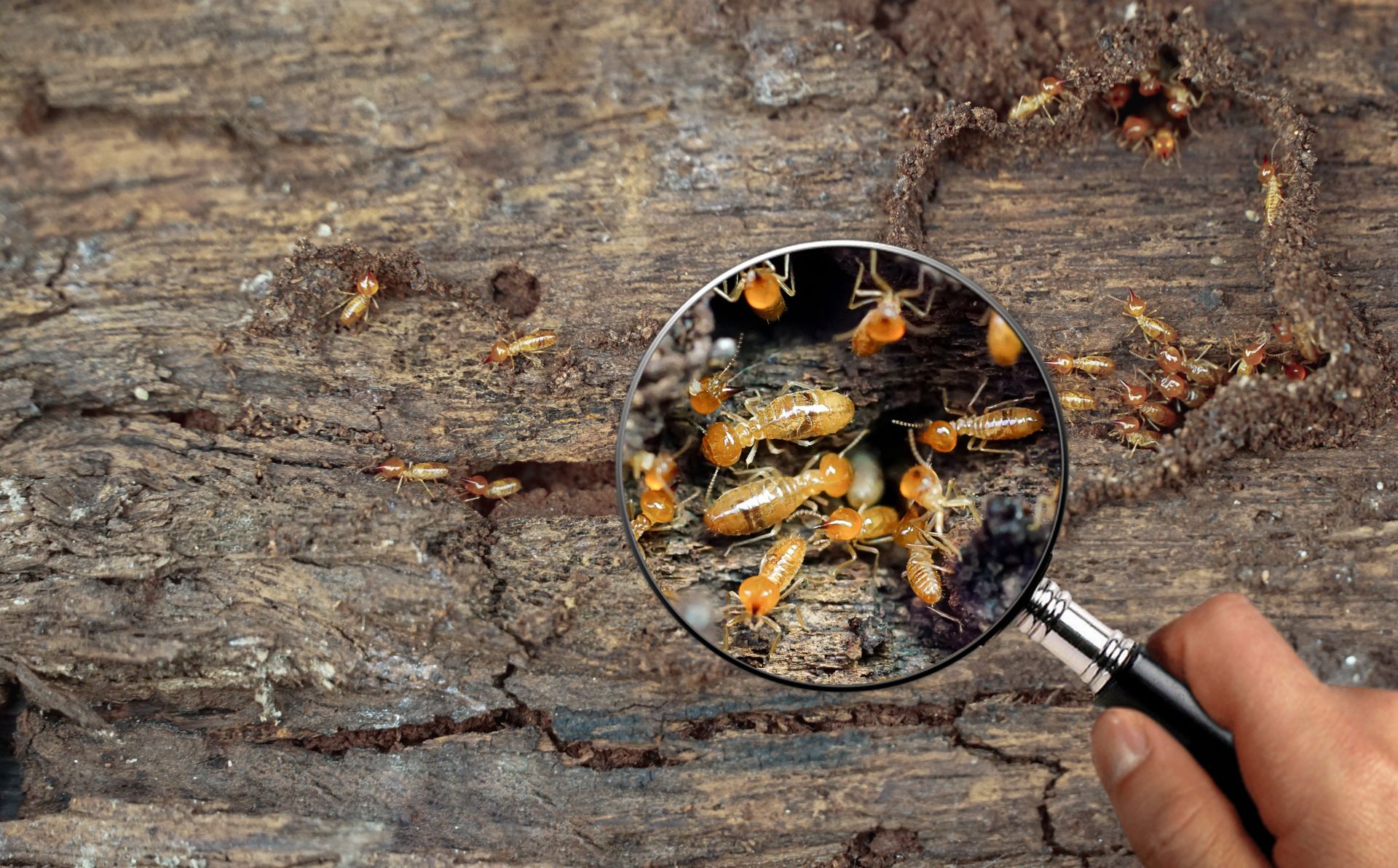Termite Damage Versus Wood Rot: Key Differences and How to Identify Them
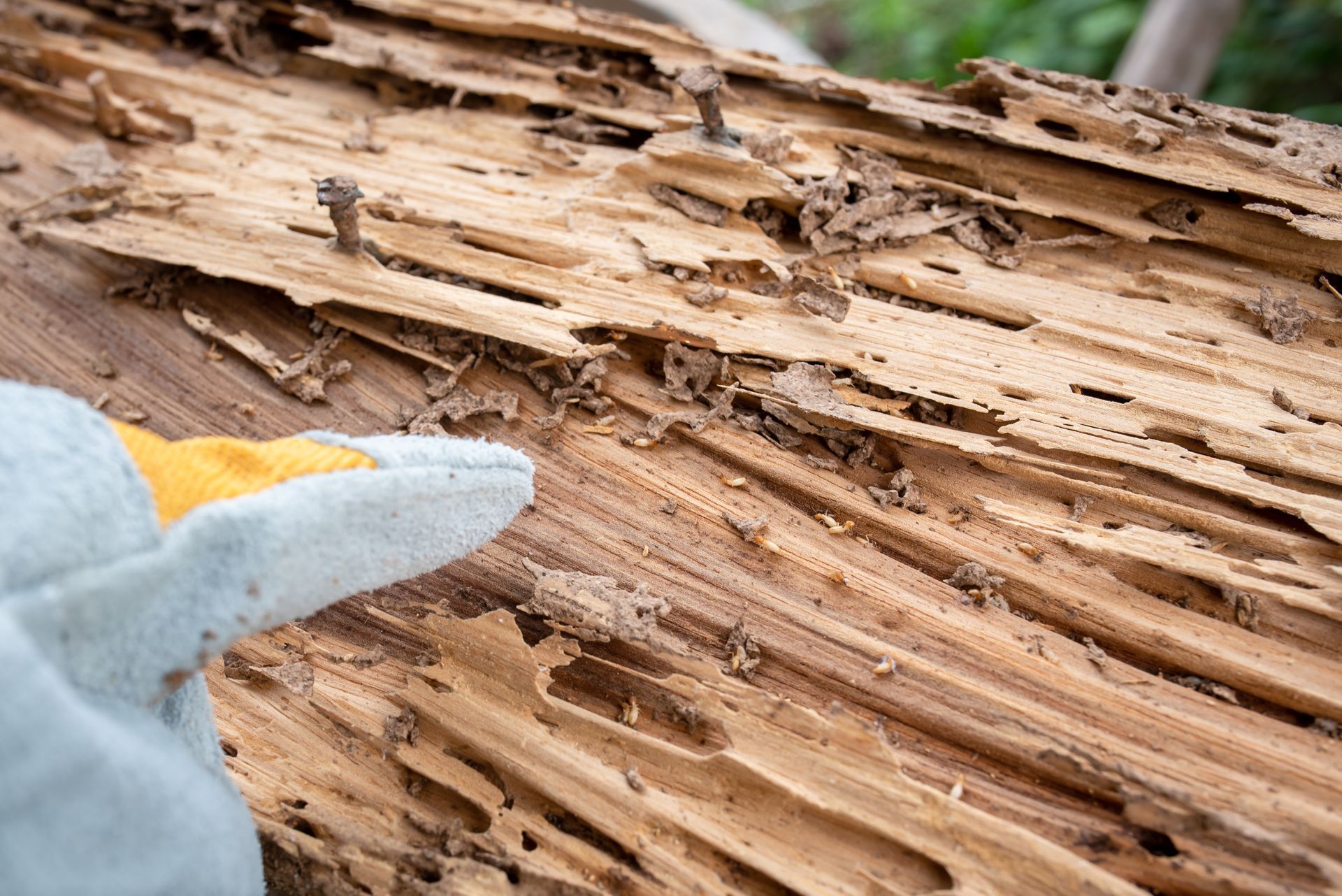
When you notice wood damage in your home, it is natural to feel concerned. The question is whether the damage is caused by termites or by wood rot. Although both issues compromise structural integrity, they stem from very different sources and require specific solutions. Understanding the signs of each is critical to protecting your property. At Killo Exterminating Co., Inc., we specialize in identifying and treating termite infestations throughout Charlotte, NC. We also help homeowners recognize wood rot and take the necessary steps to prevent it.
What Is Termite Damage?
Termite damage is caused by termites feeding on cellulose, which is the primary organic compound found in wood. In North Carolina, subterranean termites are especially common. These insects live underground and enter structures through soil contact, feeding continuously and silently on wooden components.
Signs of Termite Damage
- Hollow-sounding wood when tapped
- Internal tunnels that resemble mazes or honeycombs
- Thin mud tubes found on walls, piers, or foundation surfaces
- Warped or bubbling paint on wooden surfaces
- Damage that follows the natural grain of the wood
Termite damage is the result of a living pest problem and requires professional extermination. Left untreated, a colony can cause extensive destruction to a home’s framework.
What Is Wood Rot?
Wood rot is a form of decay that occurs when fungi feed on moist wood. Unlike termite damage, rot does not involve insects. Instead, it results from excessive moisture that creates ideal conditions for fungal growth. Over time, fungi break down the wood’s structural fibers, leading to visible damage.
There are two primary types of wood rot:
- Dry rot: Despite its name, this form of rot still requires moisture to develop. It causes wood to become brittle and weak.
- Wet rot: Occurs when wood remains in constant contact with moisture. The affected wood becomes soft and spongy.
Signs of Wood Rot
- Wood that is soft, crumbly, or spongy to the touch
- Darkened or discolored patches on the wood (brown, yellow, white, or black)
- A distinct musty or mildew-like odor
- Peeling or flaking paint or wood finishes
- Growth of visible fungus or mold near the affected areas
Wood rot typically develops in areas with persistent moisture issues such as crawl spaces, basements, attics, or exterior wooden elements exposed to rain or poor drainage.
Termite Damage Versus Wood Rot: The Key Differences
Understanding the difference between these two types of wood deterioration can help you respond appropriately. Here is a comparison of the most important distinctions:
| Feature | Termite Damage | Wood Rot |
|---|---|---|
| Cause | Termites feeding on cellulose | Fungal growth from moisture |
| Visual Clues | Internal tunnels, mud tubes, frass | Discoloration, fungal growth, softness |
| Odor | Typically odorless | Musty or moldy smell |
| Texture | Hollow or shredded wood | Soft, spongy, or brittle wood |
| Presence of Organisms | Insects or signs of infestation | Fungus only, no insects |
| Speed of Damage | Often fast and continuous | Progresses gradually but worsens with moisture |
| Common Locations | Inside walls, beams, subflooring | Near leaks, damp crawl spaces, decks |
If you see signs of both types of damage, it is possible that your wood has been compromised by both termites and rot. In such cases, the wood becomes especially vulnerable and should be addressed immediately.
Where These Issues Commonly Occur
Whether the problem is termites or rot, both tend to appear in the same high-risk areas of a home:
- Crawl spaces
- Wooden support beams and floor joists
- Siding, especially where wood touches the ground
- Roof eaves and soffits exposed to rain
- Decking and porch structures
- Around windows and doors where water may collect
Regular inspection of these areas can help catch early signs of deterioration before extensive damage occurs.
How to Inspect for Termite Damage or Rot
You do not need to be a professional to conduct a basic inspection of your property. Here are simple steps homeowners can take:
- Tap on wood: A hollow or papery sound can indicate termite activity.
- Use a screwdriver or awl: If wood gives way easily, it may be rotten.
- Look for mud tubes: These are signs of subterranean termites traveling from the soil to your home.
- Check for moisture: Leaky pipes, overflowing gutters, or standing water around the foundation can contribute to wood rot.
- Smell the area: A strong, earthy or mildew smell is a sign of fungal growth.
- Inspect paint and finishes: Bubbling, cracking, or peeling paint may reveal damage underneath.
If you observe anything unusual, schedule an appointment with a professional like Killo Exterminating Co., Inc.
Prevention Tips for Termites and Wood Rot
How to Prevent Termite Infestation
- Schedule annual termite inspections by licensed professionals
- Eliminate wood-to-soil contact wherever possible
- Use termite-resistant or treated lumber during construction or renovation
- Seal gaps and cracks in your foundation
- Remove dead trees, stumps, and excess mulch near your home
How to Prevent Wood Rot
- Repair roof leaks, leaky plumbing, or clogged gutters immediately
- Ensure that water drains away from your foundation
- Use water-repellent finishes and paint on wood surfaces
- Improve ventilation in basements, crawl spaces, and attics
- Replace damaged wood with treated materials
- Keep organic debris away from the base of the structure
Taking a proactive approach will not only reduce the risk of damage but also extend the life of your property’s structural components.
Why You Should Involve a Professional
Many homeowners misdiagnose termite damage as rot, and vice versa. The result is often wasted time, money, and worsening damage. A trained professional can accurately identify the source of the problem and recommend the correct treatment plan.
At Killo Exterminating Co., Inc., our experienced team will:
- Conduct thorough inspections of your home’s interior and exterior
- Use industry-standard tools and knowledge to determine the cause of damage
- Eliminate termite infestations with targeted treatment
- Recommend moisture control strategies to prevent rot
- Offer customized service plans to keep your property protected
Trying to manage the problem alone may delay necessary treatments. A professional inspection ensures that nothing is overlooked.
Contact Killo Exterminating Co., Inc Today!
Both termite damage and wood rot are serious concerns for homeowners. While they can look similar, they stem from different causes and require different solutions. Termites are active pests that must be exterminated, whereas rot is the result of moisture and requires environmental corrections.
If you notice any suspicious wood damage, contact Killo Exterminating Co., Inc. for a detailed evaluation. Our team will determine whether your home is facing an infestation, a moisture problem, or both, and will create a comprehensive plan to restore and protect your property.


